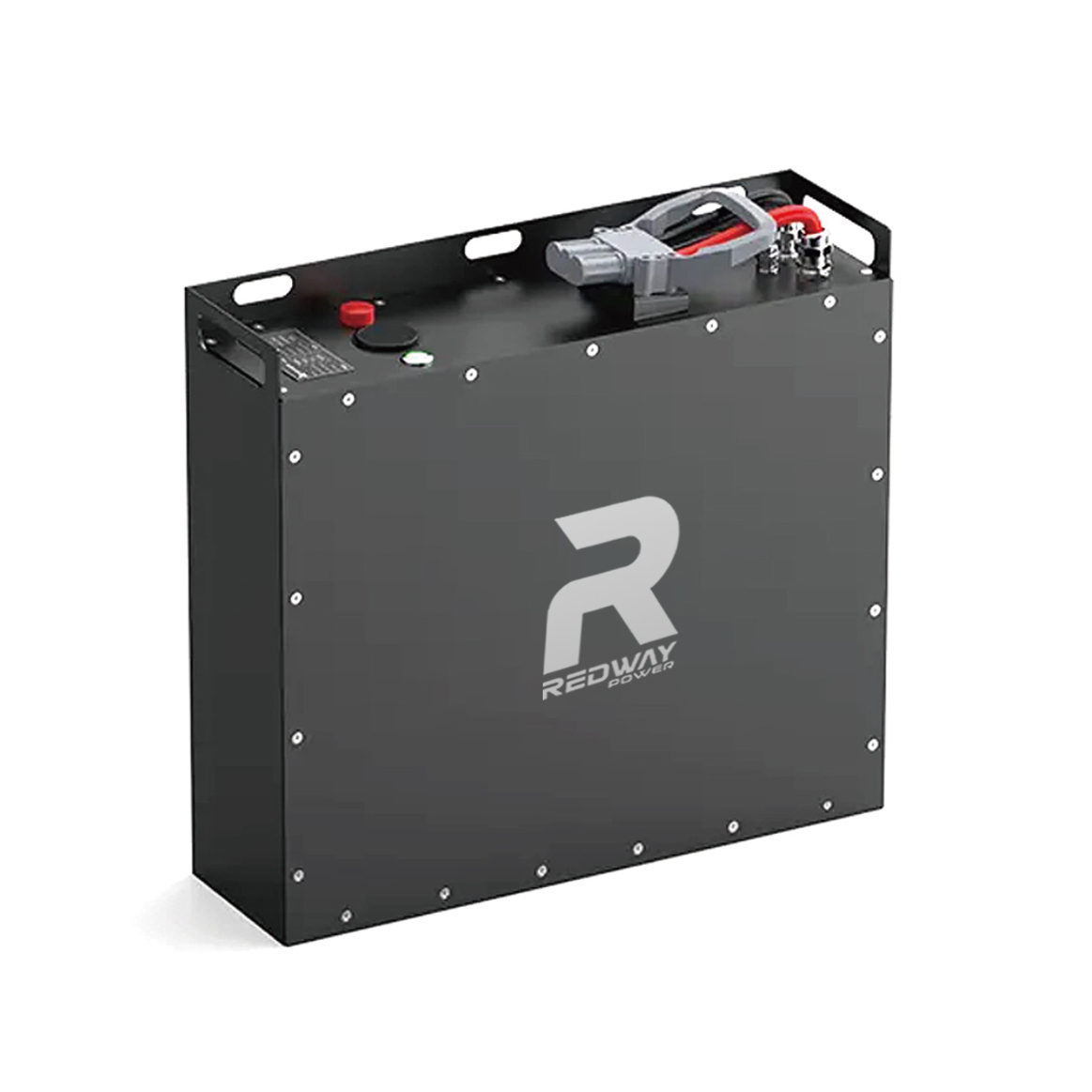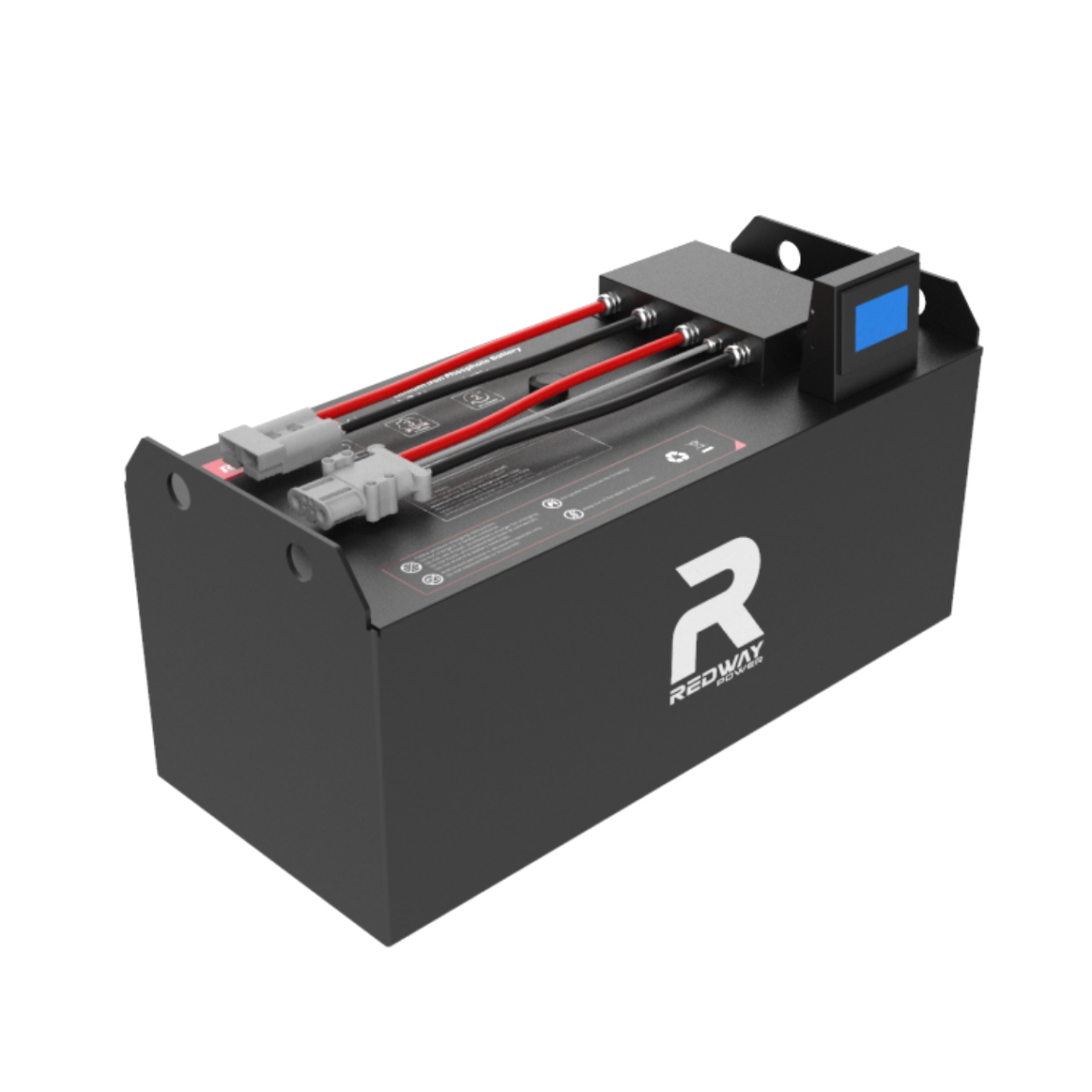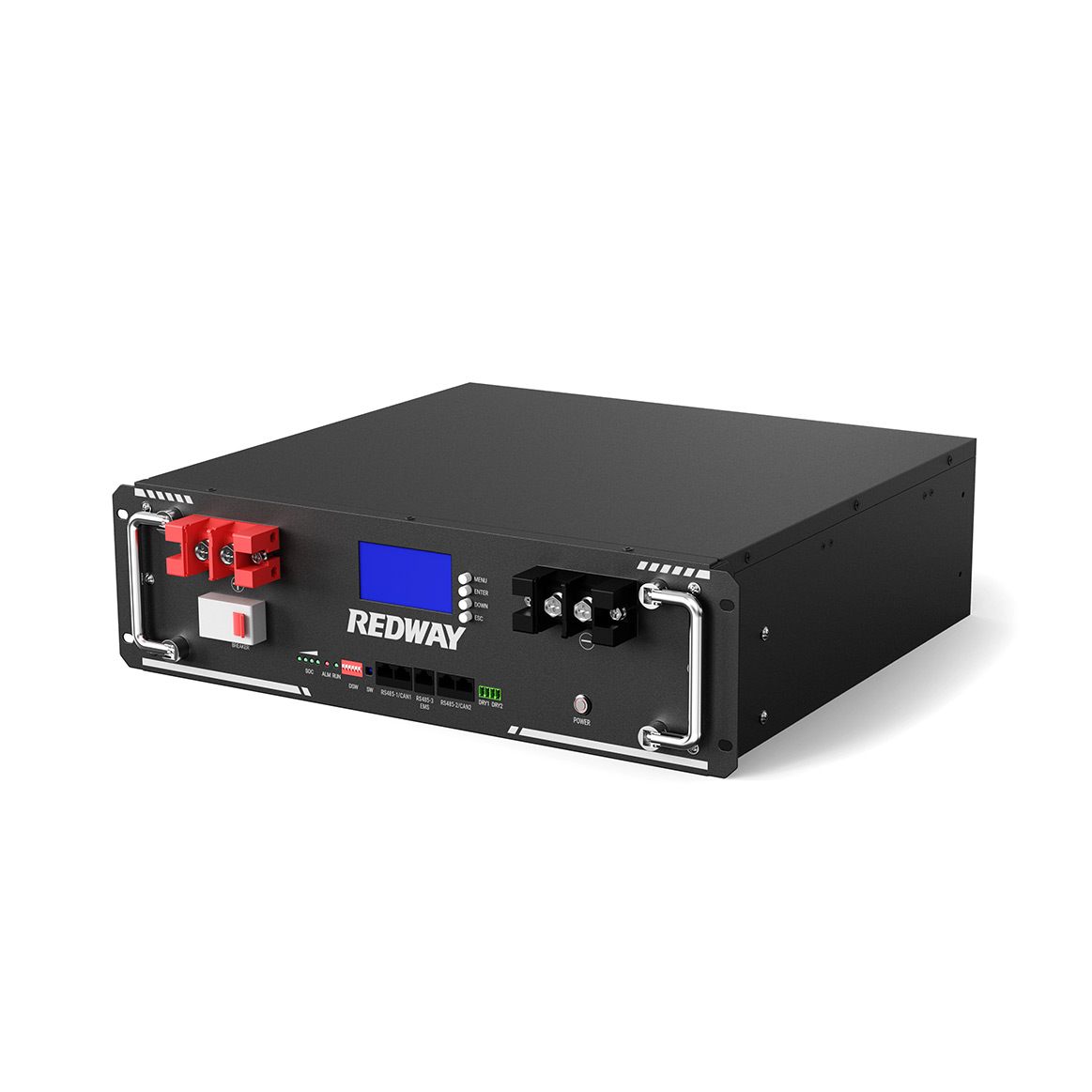Deep Cycle LiFePO4 Batteries Manufacturer
Looking for a business partner from whom you can buy deep cycle lithium batteries at wholesale price? We got you covered. Learn more about how we can work together.
Redway Lithium ion Battery Factory has been diligently striving to unlock the mysteries of transforming deep cycle LiFePO4 Batteries into a profitable venture. Discover the inner workings of LiFePO4 Batteries, explore their advantages, various categories, extensive product line, exceptional craftsmanship, and a plethora of other fascinating details by simply clicking the button below!
We are a Lithium Battery OEM Factory
Redway is dedicated to the domains of 12V, 24V, 36V, 48V, 60V, 72V, 80V, 96V, 100V Deep Cycle Lithium Iron Phosphate Batteries, RV lithium battery, Marine battery, Rack-mounted lithium battery, Golf cart lithium battery and Forklift lithium batteries. Their ultimate goal is to fulfill the diverse energy needs of customers by providing comprehensive energy service solutions. These solutions encompass a range of offerings, including lithium-ion battery energy storage products, smart hardware solutions, energy investment, and operational services, among others.
Don’t you find what you are looking for?
Just tell us your detailed requirements. The best offer will be provided.
Blog
Understanding Redway Battery’s 48V 50Ah Rack-Mounted LiFePO4 Battery: A Complete Guide
December 15, 2025
No Comments
Energy storage solutions are becoming increasingly vital in commercial, industrial, and renewable energy applications. Among these, LiFePO4 (Lithium Iron Phosphate) batteries have gained prominence due
Understanding the 48V 100Ah Rack-mounted Lithium Battery: Redway Battery Insights
December 15, 2025
No Comments
Energy storage is becoming a cornerstone of modern industries, from telecom and data centers to renewable energy and off-grid solutions. Among the most reliable options
Understanding 51.2V 100Ah Rack-mounted LiFePO4 Batteries: A Complete Guide
December 15, 2025
No Comments
Energy storage technology is rapidly evolving, and LiFePO4 (Lithium Iron Phosphate) batteries have become a cornerstone for modern applications. Among these, rack-mounted modules like the








